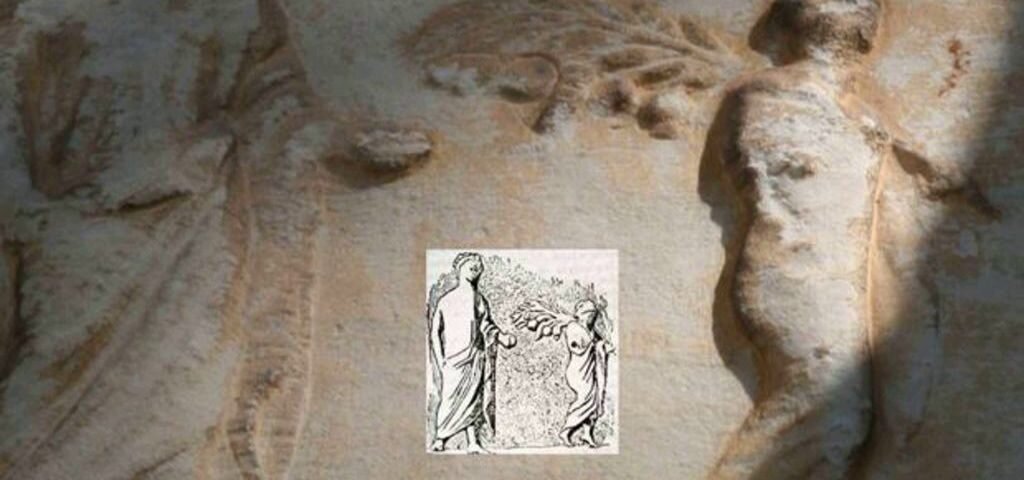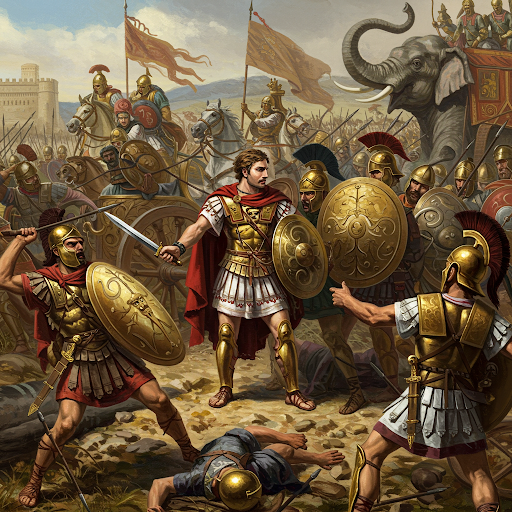The ancestor of the Christmas tree in ancient Greece was neither a fir nor a cypress, but an olive branch. This particular branch was called "Eiresione" and is associated with Theseus, Crete and ancient Athens.
Moreover, few people know that today's Christmas carols are related to the hymn sung by children in ancient times during "Pyanepsia" celebration and it was called as "Eiresione".
The children said the carols with "Eiresione" in their hands.
According to Aristophanes, when the children arrived at their own homes, especially in the rural areas, they would hang the "Eiresione" above their front door, where it remained until the same day of the following year, when, after placing the new one, they took down the old one and burnt it. During the ritual, a young man poured wine from a ritual amphora onto the Eiresione and hung it on the gate of the temple of Apollo.
"Eiresione'' comes from the word eiros (wool). According to many references in ancient texts, it was olive or wild olive branch decorated with garlands of white and red wool and bearing the first fruits of autumn (figs, walnuts, almonds, chestnuts, cereals, except apple and pear). It also had bottles of oil and honey.
Eirisione with wool and figs
Eirisione tree
The history of the feast, according to mythology
According to tradition, the custom was introduced by Theseus when he left for Crete to kill the Minotaur. He then stopped at Delos, where he sacrificed to Apollo, saying that if he won the battle with the Minotaur, he would offer him decorated olive branches to please him. Returning to his homeland, Theseus fulfilled his promise by founding the institution of the "Eiresione".














